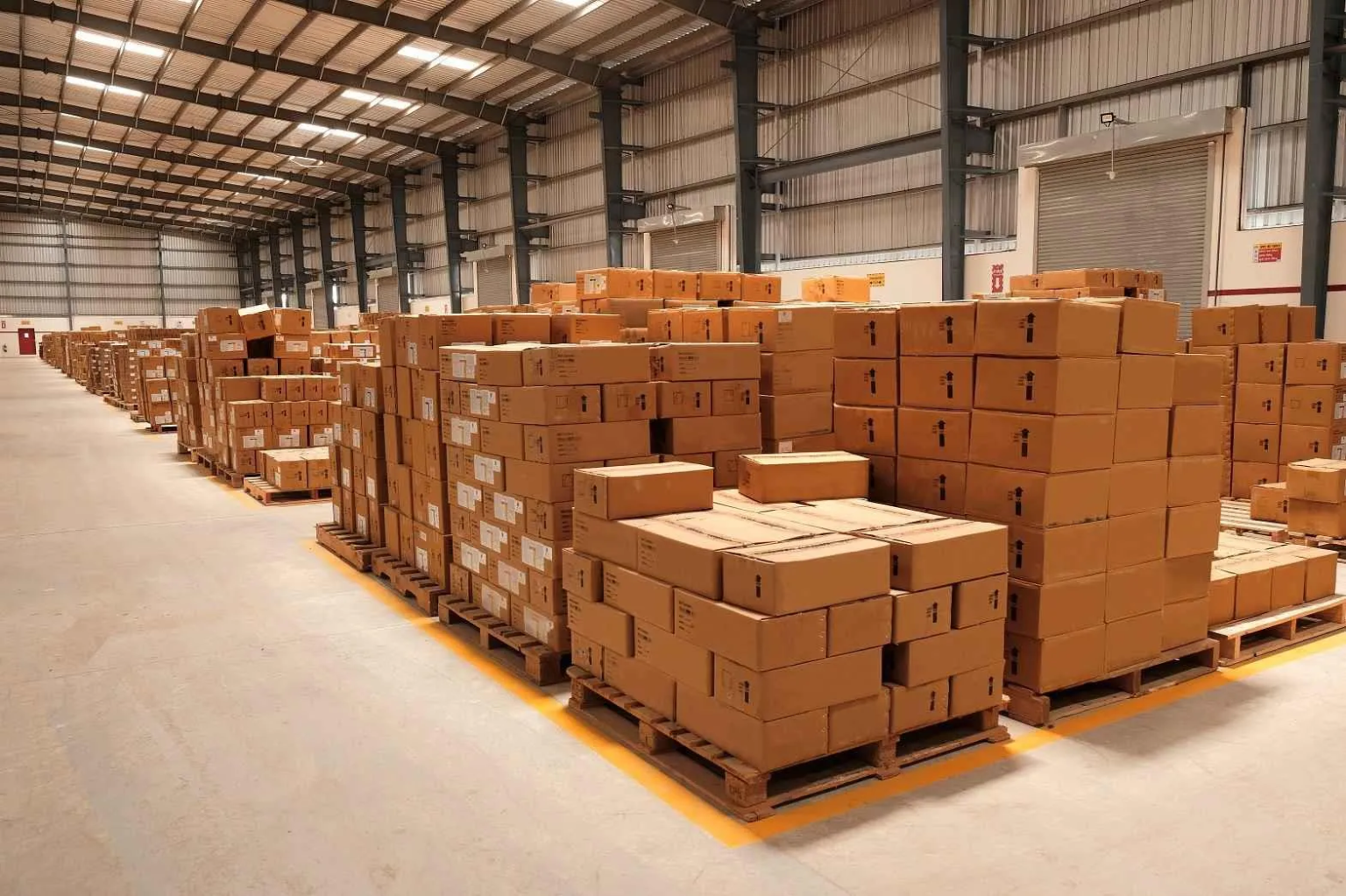The logistics industry is undergoing a significant transformation. Traditional warehouses are evolving into highly efficient, technology-driven hubs, thanks to the rise of Third-Party Logistics (3PL) providers. This shift is reshaping the supply chain, offering businesses faster, more cost-effective, and scalable solutions.
The Rise of 3PL Providers
Third-Party Logistics (3PL) companies manage warehousing and distribution for other businesses, freeing up resources and allowing companies to focus on their core operations. These providers are increasingly relying on technology and automation to streamline processes, improve efficiency, and reduce human error. As a result, warehouses are transforming from basic storage spaces to dynamic, automated systems that can handle more complex tasks.
Streamlining Warehouse Operations
One of the biggest changes in warehouse management is the adoption of automation. Automation has become a cornerstone of modern warehouses. It includes everything from robotic arms for picking and packing to advanced inventory management systems. This technology speeds up processes, reduces labor costs, and minimizes mistakes that can lead to delays or errors.
For example, many warehouses now utilize Automated Guided Vehicles (AGVs) to transport goods around the facility. These AGVs navigate the warehouse floor without human intervention, optimizing space and reducing the time it takes to move products. With fewer human workers on the floor, the risk of accidents also decreases.
Enhancing Efficiency Through Data
3PL companies are also leveraging data to enhance efficiency. Using sophisticated software systems, they track everything from inventory levels to shipment routes. By collecting real-time data, these providers can make informed decisions about how to optimize their operations. For instance, they can predict demand, manage stock levels, and even recommend changes to the supply chain.
By understanding data trends, 3PL providers can anticipate issues before they occur, such as stockouts or shipping delays. This proactive approach helps businesses stay ahead of potential disruptions, ensuring they can meet customer expectations.
Scalability and Flexibility
Another advantage of using 3PL providers is scalability. As businesses grow, so do their warehousing needs. Managing a warehouse internally can be expensive and complicated. 3PL providers offer the flexibility to scale operations up or down based on seasonal demand or market changes. This means companies don’t have to invest in costly infrastructure or worry about managing fluctuating inventory levels.
For instance, a company can outsource its warehousing to a 3PL provider during peak seasons like the holidays and scale back during slower months. This flexibility allows companies to focus on their core business without worrying about the complexities of warehouse management.
The Benefits of Customer-Centric Solutions
Today’s customers expect faster, more reliable deliveries. To meet these demands, 3PL providers have implemented advanced order fulfillment strategies. These solutions help warehouses process orders quickly and accurately. For example, many 3PL companies have adopted real-time tracking systems that give customers live updates on their orders. This transparency builds trust and satisfaction.
Moreover, 3PL providers are increasingly offering value-added services. These services include things like packaging, labeling, and assembly, which further streamline the process for businesses. By handling these tasks, 3PL providers help companies reduce the time and effort spent on non-core functions, allowing them to focus on growth.
Cost-Effective Solutions for Businesses
One of the most appealing aspects of 3PL providers is the cost savings they offer. By outsourcing warehousing and logistics, companies can reduce the capital expenses associated with maintaining their own warehouses. They also avoid the ongoing costs of staffing, equipment, and technology upgrades.
Instead, businesses pay for the specific services they need, allowing them to adjust costs according to demand. As a result, 3PL providers are helping businesses, especially small and medium-sized ones, access logistics solutions that were once only available to larger companies with substantial resources.
Conclusion
In conclusion, 3PL providers are transforming the logistics industry by introducing automation, data-driven solutions, and scalable services. This shift is making warehouses more efficient, flexible, and customer-focused, ultimately benefiting businesses of all sizes. As companies continue to prioritize speed and accuracy, the role of 3PL providers will only grow, further changing the landscape of modern warehousing.







